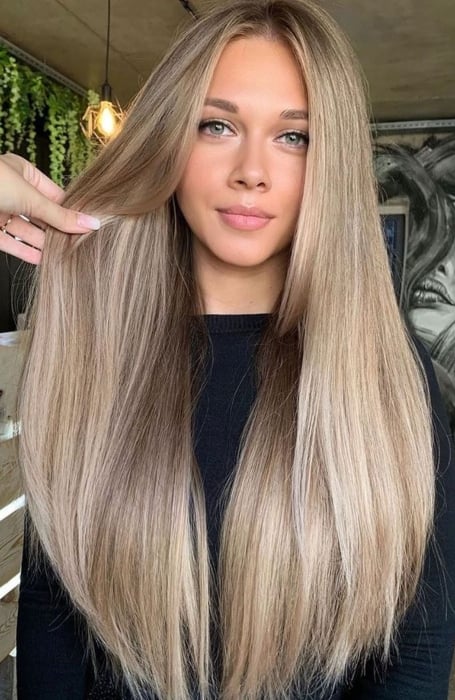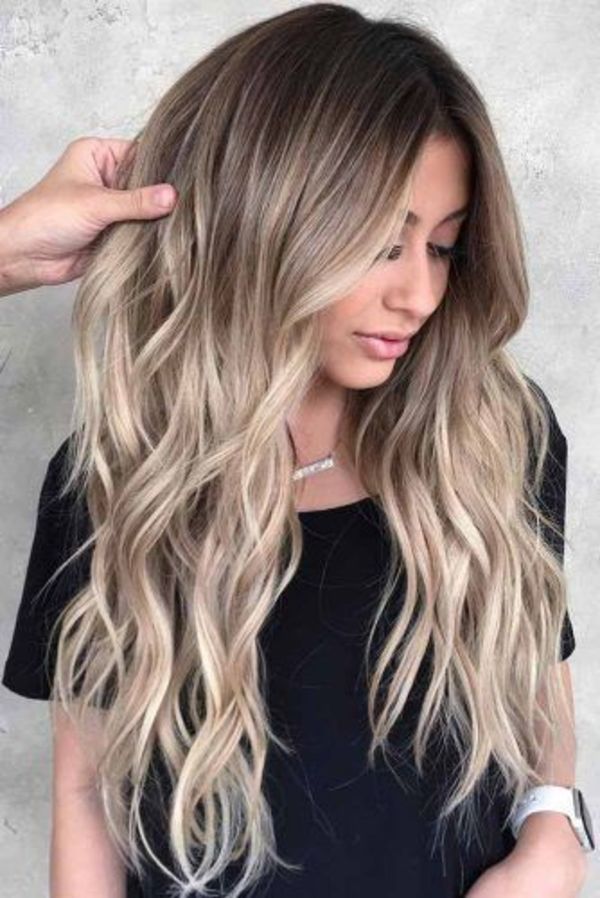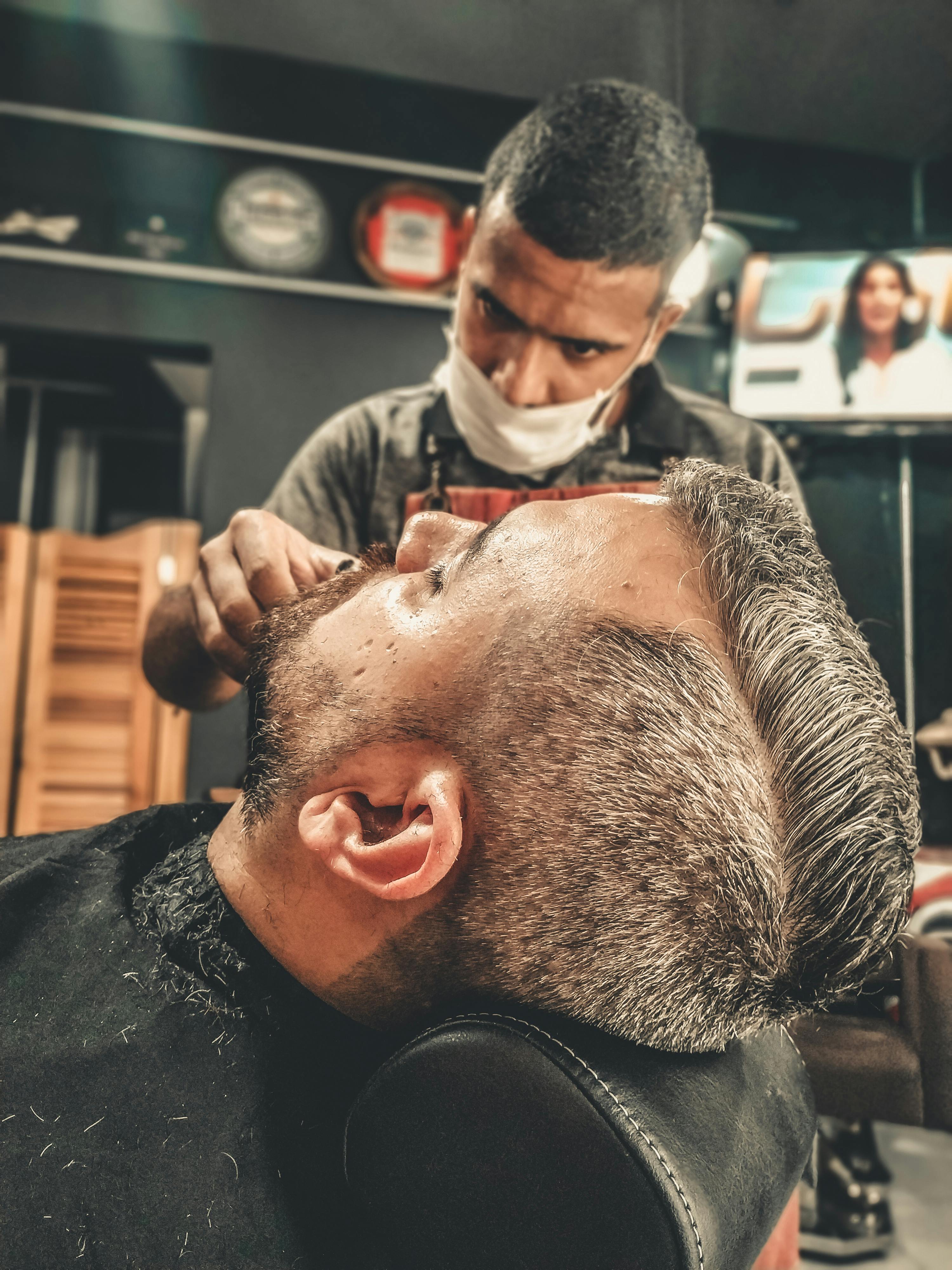Table Of Content
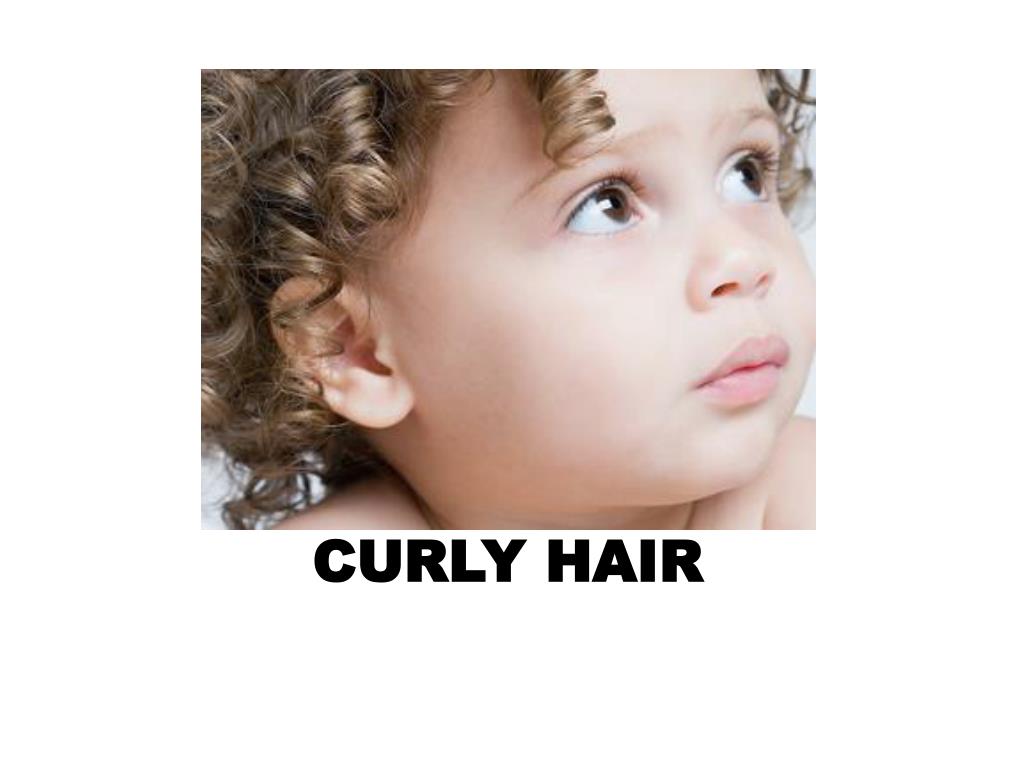
Some people have more than one texture while others have textures that sit on the fence—4B/4C is one of the most common combinations. Remember, we have two copies of most of our genes, one from mom and one from dad. This means that if we have 10 hair texture genes, we'd each have 20 C's and S's. First off, it looks like lots of genes may be involved in making someone's hair straight or curly. Scientists have only found a few so far and none of them has a really big effect. For example, the Asian hair used in the study tends to be round in cross-section and therefore absorbs more heat than some types of African hair, where each hair is shaped like a long ribbon that curls more easily, he says.
Ethnic and Racial Diversity
Migrating from the hot climate of Africa into colder areas, evolutionary adaptation is thought to have caused changes in hair shape and colour. Sufficient evidence to confirm the hypothesis has not yet been found. The mystery of genetics means that if both parents carry the recessive curly hair gene, their child could very well sport a curly mane. The interplay between multiple genes, each with its variants, determines the final hair phenotype, making the genetics of hair curliness a complex trait. While straight hair is more typical in many Asian and Middle Eastern populations, regions in South Asia, Central Asia, and the Middle East have individuals with naturally curly hair.
Does Straight Hair Provide Any Selection Advantage?
On the other hand, research theories that describe mechanistic processes that lead to specific visual appearances of patterns or structures are assigned to the formation level, as they offer explanations of why fibres curl. Based on the discussion presented in the review section, it is evident that a framework for considering curly hair research would be beneficial. The main purpose of this model is to present a systemized architecture of curly fibre elements. It is important to note that the design of the curvature fibre model is based on historic and current research interests that focus on hair shape. The review and model are therefore only a subset of general hair fibre research. The model described below might be extended to all types of hair research, but, for such a purpose, the above review would need comprehensive expansion.
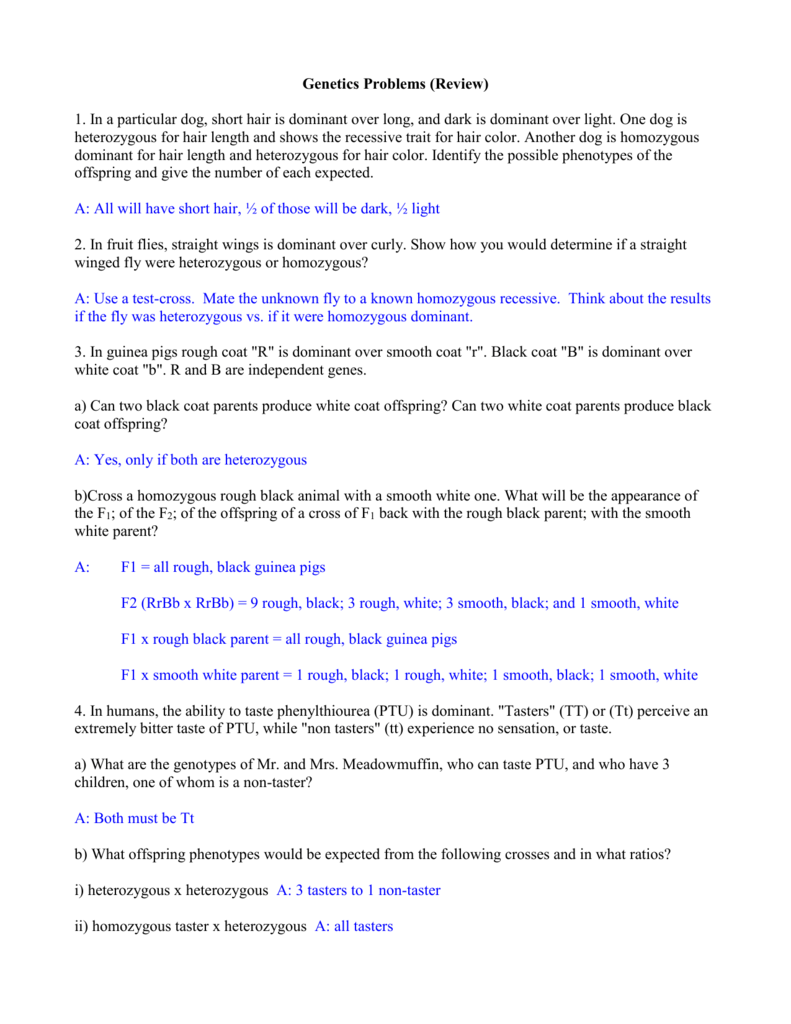
The Genetic Basis of Curly Hair
Curly hair is dominant, so someone is more likely to have curly or wavy hair if at least one of their parents does. Recent research points to trichohyalin, a protein in hair follicles, as having primary influence over hair curl. However, there are many genes contributing to hair curliness, most of them unknown. Ultimately, hair texture remains a phenomenon that, like so many in genetics, is not yet fully understood. Absorption of chemical substances (in any medium) is strongly affected by the hydrophilicity/lipophilicity, pH and other substances in the absorbing medium. As mentioned, there is race-independent direct correlation between fibre shape and cortical cell composition [56,64], and the chemical composition between PCs and OCs differs [64,65].
Why Do Some People Have Curly Hair While Others Have Straight Hair?
The specific genes responsible for curly hair are inherited dominantly, contributing to the diversity of hairstyles among different ethnicities. Wavy hair normally sits flatter on the head and has less volume at the root than some of the other curly hair types. Curly hair genetics aren’t tied to a specific race; instead, they involve a complex interplay of various genetic factors.
How Often Should You Wash Your Curl Type?
While we learned that the curly hair is indeed a recessive gene, we also discovered that there are many other factors, such as environmental and cultural, that play a role in the development of curls. So, while the genetic basis for curly hair may be relatively well-understood, the complex interplay between genes and the environment makes it difficult to predict the hair type of any given individual. Balancing environmental factors and lifestyle choices is key to maintaining curly or straight hair. Beyond genetics, understanding how external elements affect hair adds depth to the hair evolution narrative. Daily practices, like excessive heat styling or chemical treatments, can alter natural curl patterns over time. Factors such as genetics, climate, and ethnic backgrounds influence the prevalence of curly hair.
This gene codes for a protein in the eye that detects certain colors of light. When this gene is defective, the eye cannot differentiate between red and green. Handedness describes our preference for using either our left or right hand for activities such as writing and throwing a ball. Overall, about 10% of people are left-handed, but the number varies among cultures from 0.5% to 24%.
Curly Hair Genetics: Dominant or Recessive?

In fact, they may only need to pass the S version of the more powerful hair texture genes to have such a big effect. They also calculated heat loss at different windspeeds, after wetting the wigs to simulate sweating. Understanding the genetic and evolutionary factors that contribute to curly hair diversity helps us appreciate and celebrate our ancestry, fostering a sense of pride and empowerment in our heritage.
Embracing natural beauty
'Unique human being' Andrew Chafin brings his personality and a loose vibe to a dominant Chicago Cubs bullpen - Chicago Tribune
'Unique human being' Andrew Chafin brings his personality and a loose vibe to a dominant Chicago Cubs bullpen.
Posted: Sun, 13 Jun 2021 07:00:00 GMT [source]
This hair type tends to hold a curl better with thicker strands to support the shape. Much like 1A hair, 1B has a similar shine and straightness but is better defined by its volume and body. The last category in type 1 hair is 1C, which is generally smooth, with a thick and resistant texture and a subtle wave. Yes, curly hair is less common than straight hair, with straight hair being the predominant texture. Notice that some of the S's these parents have happen to be in the stronger genes. If by chance these parents were to pass on all of their S's to their daughter, then she would have straighter hair.
In conclusion, the genetics of curly hair are complex and influenced by multiple genes. While there isn’t a single gene that determines curly hair, variations in genes such as KRT74 can increase the likelihood of having curls. On the other hand, straight hair is considered the default trait and is more of an absence of specific curly hair genes. Ultimately, both genetic and environmental factors contribute to the diversity of hair textures we see in individuals. The phenotypical nature of the curly fibre is explored by some, but, compared with the bulk of the investigations, the curly fibre is mostly an addendum in the field of hair research. This lack of interconnectedness is not unusual for an interdisciplinary field, but nonetheless produces inappropriate associations or combinations of non-parallel concepts.
Dove Launches Curly-Haired Emojis For 'Love Your Curls' Campaign - HuffPost
Dove Launches Curly-Haired Emojis For 'Love Your Curls' Campaign.
Posted: Wed, 04 Nov 2015 08:00:00 GMT [source]
If both your parents sport curly locks, it’s highly probable that you’ll don curls too. However, it’s not a guaranteed outcome; occasionally, two curly-haired parents might have a child with straight or wavy strands. Even within families with a strong prevalence of curly hair, hair type could vary significantly, emphasizing the complex interplay of genes. The composition of a strand of hair also influences the texture of the hair, i.e., whether it is straight or curly. In a 2007 study, several human hair samples of different shapes and textures were collected to investigate structural elements related to the hair curl pattern.
Embracing your curly hair, understanding its origins, and finding the right care routine will allow you to showcase its natural beauty. Yes, it is possible for individuals with straight hair to have a child with curly hair. Curly hair is a complex trait influenced by multiple genes, so even if both parents have straight hair, they could carry the genes responsible for curls. These genes may have been inherited from previous generations and can be passed down to their children. The origins of curly hair can be traced back to our human ancestors, with different climates and environmental factors contributing to its evolution over time. This has resulted in a diverse range of hair textures and patterns seen in different ethnicities today.
Red-green color blindness follows a very predictable recessive, sex-linked inheritance pattern. A woman with one defective copy of the gene and one functional copy, even though she is not colorblind herself, is known as a "carrier." She has a 50% chance of passing the defective copy to each of her children. Half of her sons will be colorblind, and half of her daughters will be carriers.
What this means is that if you inherit a G version of this gene from either your mother or father, you will have free earlobes. To have attached earlobes, you need to get a g copy from both parents. Each constituent layer makes a contribution to the physical behaviour of the fibre. The information on this site should not be used as a substitute for professional medical care or advice. Contact a health care provider if you have questions about your health. Additionally, hormonal fluctuations, especially during pregnancy or menopause, can lead to hair texture modifications.


